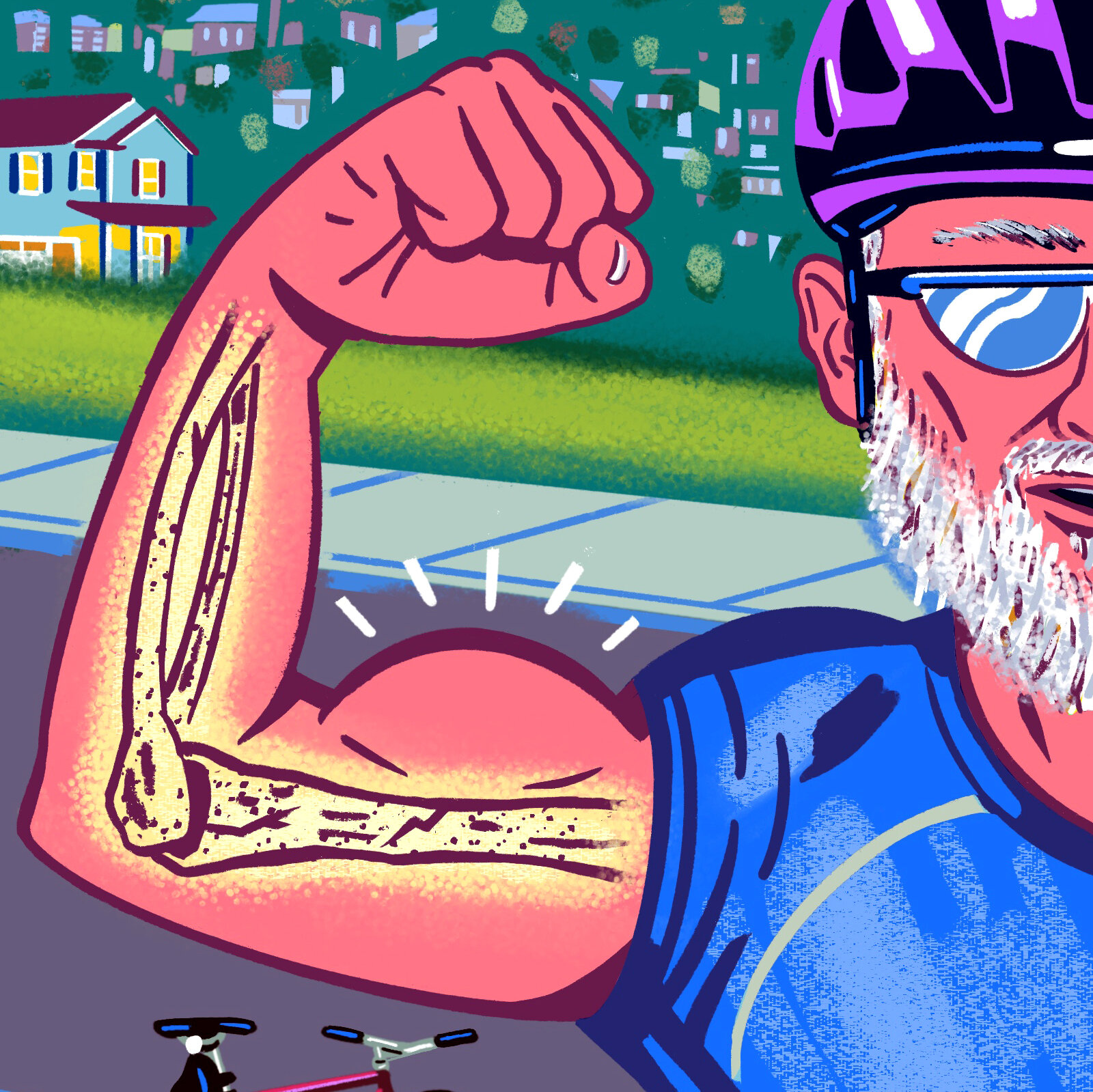Why Brittle Bones Aren’t Just a Woman’s Problem
For decades, osteoporosis has been perceived as a health concern predominantly affecting women, particularly those who have reached menopause. However, a growing number of men are now living long enough to develop this condition, characterized by brittle and porous bones that are more susceptible to fractures. Despite this trend, awareness about osteoporosis in men remains low, and consequently, screening and treatment rates are alarmingly inadequate.The primary reason behind the increasing incidence of osteoporosis in men is the steady rise in life expectancy. As men live longer, they are more likely to experience the natural decline in bone density that occurs with age, making them more prone to osteoporosis. According to recent statistics, approximately 2 million men in the United States suffer from osteoporosis, with millions more at risk. Moreover, studies have shown that men with osteoporosis are more likely to experience a fracture than women, and these fractures often occur at a younger age.Despite these alarming figures, osteoporosis in men remains largely underdiagnosed and undertreated. A major contributing factor to this is the lack of awareness about the condition among men. Many men are not aware that they are at risk of developing osteoporosis, and as a result, they do not seek medical attention or undergo screening tests. Furthermore, the stereotype that osteoporosis is a "woman's disease" persists, leading many men to dismiss the possibility of developing the condition.Healthcare professionals also play a role in the underdiagnosis and undertreatment of osteoporosis in men. Historically, osteoporosis screening has been focused on women, and many doctors do not routinely screen men for the condition. This is partly due to the fact that osteoporosis in men is often not as easily detectable as it is in women, and there is no universally accepted screening guideline for men.The consequences of underdiagnosis and undertreatment of osteoporosis in men can be severe. Fractures caused by osteoporosis can lead to chronic pain, disability, and even mortality. In fact, studies have shown that men who experience a hip fracture have a higher mortality rate than women who experience a similar fracture.To combat this growing health concern, it is essential to raise awareness about osteoporosis in men. Men need to be educated about their risk factors, such as a family history of osteoporosis, smoking, and a sedentary lifestyle. Healthcare professionals must also take a more proactive approach to screening and treating osteoporosis in men. By doing so, men can be empowered to take control of their bone health, and the incidence of osteoporosis-related fractures can be reduced.Ultimately, osteoporosis is not just a woman's problem; it is a health concern that affects both men and women. By acknowledging this and taking action, we can work towards a future where everyone, regardless of gender, can maintain strong and healthy bones throughout their lives.

Osteoporozun sadece kadınları etkileyen bir sorun olmadığını öğrenmek beni gerçekten şaşırttı. Erkeklerin de bu durumdan etkilendiğini bilmeli ve önlem almalıyız.
Erkeklerde osteoporozun teşhis ve tedavisinin yetersiz olduğunu okudum. Sağlık profesyonellerinin bu konuda daha fazla bilinçlenmesi gerekiyor.
Osteoporozun yaşlı kadınların sorunu olduğu düşüncesi doğru değil. Erkekler de risk altında ve bu konuda eğitim almalıyız.
Bu yazı, osteoporozun erkekler için de ne kadar önemli olduğunu gösterdi. Erkeklerin de kemik sağlıklarına dikkat etmeleri gerekiyor.
Osteoporozun sadece kadınları etkilemediğini, erkekleri de etkileyebileceğini bilmeliyiz. Bu konuda farkındalık yaratmalıyız.
Erkeklerde osteoporozun teşhis ve tedavisinin iyileştirilmesi gerekiyor. Sağlık sisteminin bu konuda daha fazla yatırım yapması gerekiyor.
Osteoporozun erkekler için de risk oluşturduğunu öğrenmek beni endişelendirdi. Erkeklerin de bu konuda bilinçlenmesi gerekiyor.